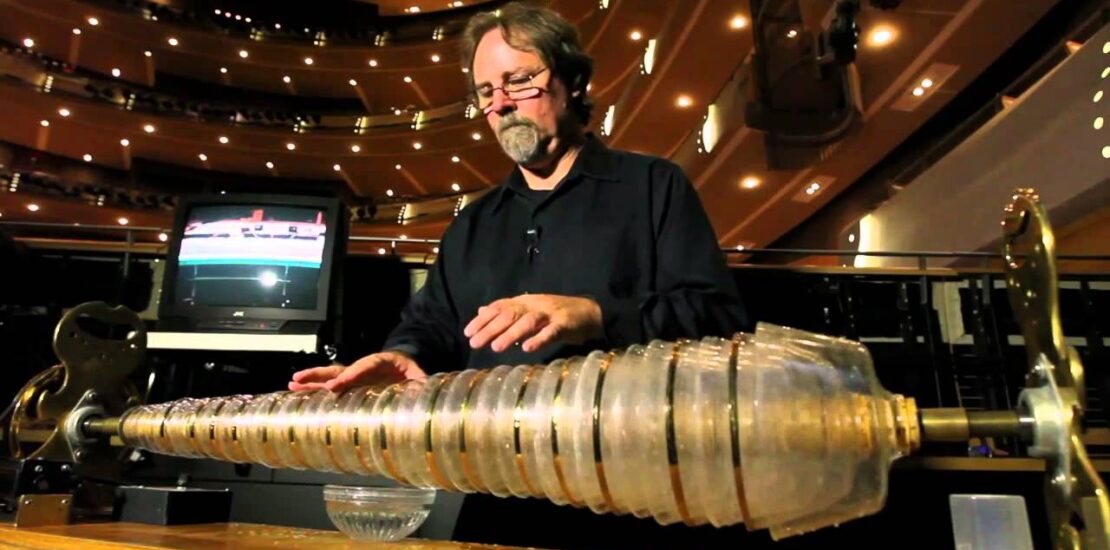- December 5, 2016
- Posted by: Dave Kurlan
- Category: Understanding the Sales Force

What is your favorite part of the holiday season? Do you have traditions that you follow every December? For the past 15 years an important part of our holiday season is going to see the Boston Ballet perform the Nutcracker. You wouldn’t think that a show like the Nutcracker would correlate to selling, but it does. As a matter of fact, if you read a little further, you’ll see that the Nutcracker is very much like selling to a major account!
Buyers and sellers have their traditions too: habits, learned behaviors, and standardized questions and comments.
If you have ever attended a performance of the Nutcracker or simply listened to some of the Suite during the holiday season, one of the selections you’ll hear is the “Dance of the Sugar Plum Fairy”. Perhaps you can’t match the music to the title, but if you listen to the first 30 seconds of this version, you’ll instantly recognize the melody. Go ahead – give it a listen.
You’ve surely heard this before, even if it was only in a television commercial. But can you identify the 4 musical instruments used at the beginning of the composition?
You heard the Glass Armonica, oboe, bassoon and flutes. Were you able to identify those instruments as they were played? Outside of the readers who are weekend musicians, the rest of you are probably unable to do that the first time. It’s OK, it’s even difficult for musicians!
Similarly, salespeople find familiarity in the sounds (questions, comments and discussions) of their sales calls. As much as you might not be able to identify the specific instruments creating those sounds in “Dance…”, salespeople may not be able to identify the most important comments and questions and distinguish them from the noise on their sales calls.
During a first sales call, suppose a salesperson hears one prospect say, “This has been a very interesting and productive conversation and we might have some interest in this.” And at the same meeting, another prospect says, “We’ll get back to you next month and let you know what kind of progress we’ve made.” And a third says, “In the mean time, please send us a proposal with references and time line.”
There are three distinct lessons that can be taken from this scenario:
Lesson #1: (based on Objective Management Group’s data) Out of every one hundred salespeople:
- Seventy will return to the office to begin working on a proposal and tell their managers that the “large opportunity they are working on is very promising – all three prospects in the meeting were very interested”;
- Nineteen will leave the meeting, make two entries in their CRM application – “propose” and “follow-up” – and will likely do that at the appropriate time;
- Eleven will remain in the meeting, ask more questions, and get additional clarification.
Lesson #2:
- Prospects’ voices are like musical instruments. Each instrument in “Dance…” has a specific assignment in the performance. If the wrong instrument or notes are played or they are played at the wrong time, the entire performance is ruined. In the scenario above, prospects’ comments have different meanings depending on their business titles and their roles in the buying process.
- If “please send us a proposal” or “we’re interested” or “very productive” are spoken from an Executive – the CEO, President or VP – it has far different meaning than if the comments come from procurement.
- When any of those three comments are spoken by a user – an engineer for example – rather than a buyer or an executive, the comments may be much more genuine, but they carry significantly less authority.
Lesson #3:
I enjoy listening to a song, symphony, or simple melody and try to figure out why the composer or arranger selected the particular instruments to play the particular parts of the selection. Your salespeople should apply that wonder and analysis to their sales calls. In a mid-market or large company, the prospect could be any one of the following musicians or roadies:
- the composer (started the initiative),
- arranger (selected the vendors to talk with),
- director (charged with the initiative and conducting the process) or
- musician (following directions of the conductor)
- chauffeur (can drive you directly to the person who cares enough and has the authority to make something happen).
A salesperson’s responsibility is to figure out who they’re dealing with, the role they play, what influence they have, and how to get all of the various players aligned on the compelling reasons to buy your ideal solution.
Homework Assignment – Review Lesson #1 and answer the following two questions:
Which of the three endings is your default?
Can you identify any of the additional questions that the eleven salespeople stay and ask?
